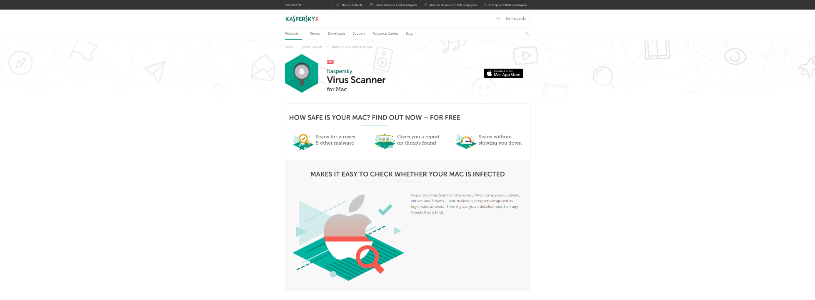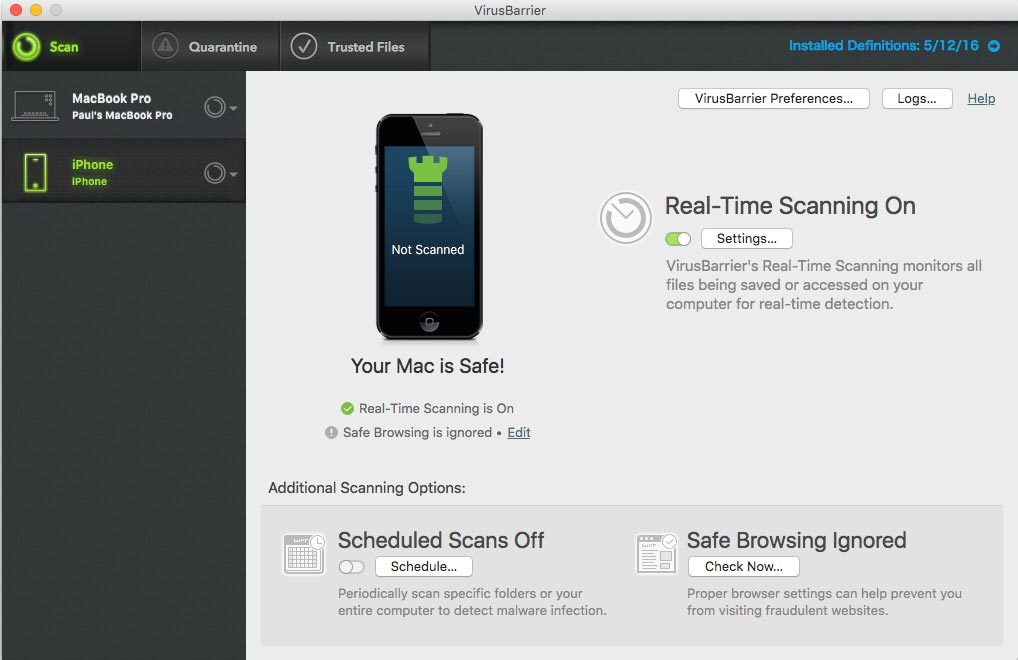

- #MAC OS VIRUS SCAN AND TROJAN SCAN HOW TO#
- #MAC OS VIRUS SCAN AND TROJAN SCAN UPDATE#
- #MAC OS VIRUS SCAN AND TROJAN SCAN FULL#
- #MAC OS VIRUS SCAN AND TROJAN SCAN SOFTWARE#
- #MAC OS VIRUS SCAN AND TROJAN SCAN DOWNLOAD#
While it’s partially true that updating your Mac software could rid you of a virus, you should note that as good as Apple’s protections are, they may not be enough. However, if you are running an older version of macOS might not be protected (Apple only supports the past three versions of macOS).
#MAC OS VIRUS SCAN AND TROJAN SCAN UPDATE#
Xprotect has been very effective at halting the spread of Mac malware before it can even get started, and is yet another reason why malware or virus infections on a Mac are rare.Īpple updates Xprotect automatically, so you shouldn’t need to manually update macOS yourself to get the latest virus protections.
#MAC OS VIRUS SCAN AND TROJAN SCAN DOWNLOAD#
The Xprotect system gives a warning when you download malware that it knows about, and tells you exactly what to do. If any are found you will be told the file is infected or damaged. Xprotect will scan files you’ve downloaded and check them for known malware or viruses. Xprotect is Apple’s built-in malware protection. For several years now Apple has included invisible background protection against malware and viruses. One reason you may not need a Mac antivirus on your Mac is that Apple offers its own protections. This option costs £29.95 a year right now (RRP: £34.95), but it is one of our go-to utilities for doing various jobs on the Mac, such as deleting unnecessary files to make space.
#MAC OS VIRUS SCAN AND TROJAN SCAN FULL#
#MAC OS VIRUS SCAN AND TROJAN SCAN HOW TO#
If having read the above you are pretty sure that you have a virus or some other form of malware on your Mac then this tutorial should help you address the problem, read on for a guide on what to do if your Mac has a virus, starting off with how to scan your Mac for viruses. If you get any of these symptoms then don’t panic: they don’t necessarily mean you have a malware or virus infection on your Mac.


Mac malware is incredibly rare – Mac viruses do exist, in fact there have been a few notable malware and virus reports in recent years, but there are a few reasons why Mac viruses don’t tend to take hold. It’s not necessarily the case that a virus is to blame though. These are all signs that you might have a virus on your Mac. Another sign is the sudden appearance of annoying pop-up windows or extra toolbars and applications you don’t remember installing. If your Mac has suddenly become very slow and laggy, started regularly crashing or showing error messages, and the sound of your fans whirring keeps you company, you may be suspicious that you have picked up some Mac malware.

We also recommend you read our best Mac security tips and our roundup of the best Mac antivirus apps, in which we recommend Intego as our top choice.


 0 kommentar(er)
0 kommentar(er)
